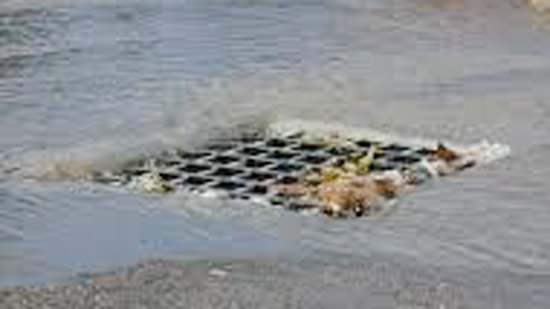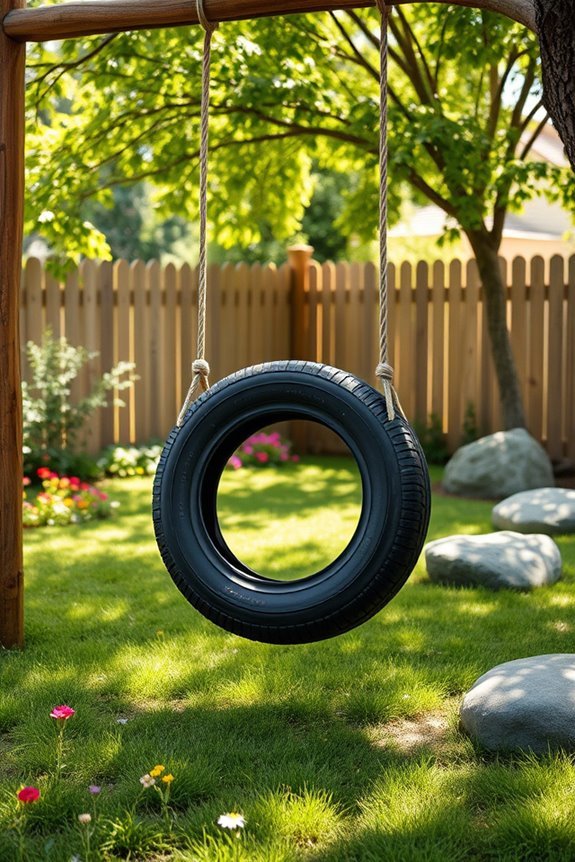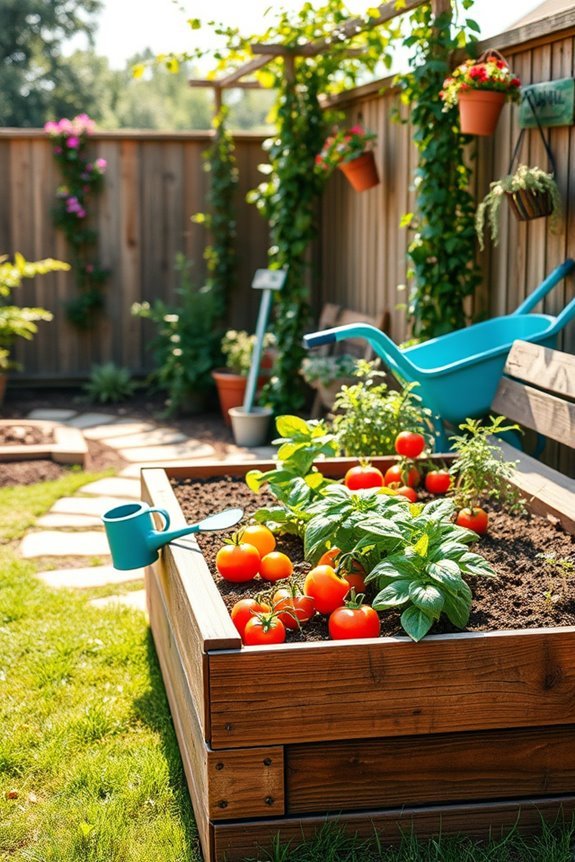Why Is Stormwater Runoff a Problem?
Stormwater runoff happens when rain flows over the ground but can’t soak in or evaporate. It gets mixed with things like oil, pet waste, and fertilizers on the way. This water flow is called stormwater runoff.
This runoff goes over streets, parking lots, and more, towards storm drains or water bodies. In doing so, it picks up harmful pollutants from these surfaces.
The harm from stormwater runoff is widespread, affecting water quality and more. To tackle this problem, we need to understand it. This means looking into where it comes from and what it does.

Image by snokingwatershedcouncil
Stormwater Runoff
When the rain falls, it either soaks into the ground, goes into the air through evaporation, or lands on hard surfaces. This rainwater that can’t soak in flows over these surfaces, like roofs, sidewalks, and streets. It then goes into waterways like streams or drains. This flow of rainwater over surfaces is called stormwater runoff. It’s common in cities and towns, where it moves through a system of pipes. These pipes help stormwater reach natural water bodies such as rivers, creeks, and oceans.
What is Stormwater Runoff?
In natural areas, the ground lets water in easily. So, when it rains, much of the water soaks into the soil. This process is good as it recharges the groundwater. Some water runs off to rivers and lakes. Yet, in cities and towns with lots of concrete, water can’t soak in. This leads to more stormwater. So, instead of helping the ground and filling up the water beneath our feet, this water quickly moves over the concrete.
Sources of Stormwater Runoff
Rain that falls on roofs, driveways, sidewalks, and streets forms stormwater runoff. These hard surfaces don’t allow water to pass through. This makes the water quickly flow into storm drains. From these drains, it goes into rivers, lakes, or the ocean.
Impact of Urbanization on Stormwater Runoff
Creating cities and towns with lots of buildings and roads has changed how water moves. With less space for water to soak in, we get more stormwater runoff. This change upsets the natural balance of water use. It causes less water to go underground to fill up our springs and wells. Plus, it leads to more flooding and pollution in our waterways.
There’s more to explore! Here’s another valuable read: What Type of Pipe Is Used for Stormwater?
Pollutants in Stormwater Runoff
When it rains, water picks up pollutants from roads, lawns, and lots. This water drains into storm sewers and then into rivers and streams. It carries fertilizers, pesticides, oil from vehicles, and even pet waste. Even small amounts of these pollutants can cause big problems.
Nutrients (Nitrogen and Phosphorus)
Fertilizers introduce nitrogen and phosphorus into water bodies. These nutrients cause algae and weed growth. Too much algae removes oxygen from the water, harming plants and fish. A small amount of phosphorus can lead to lots of algae. This affects water quality in cities and countryside areas.
Pesticides and Herbicides
Pesticides and herbicides from lawns and gardens wash into waterways. They are very harmful to aquatic life. Suburban areas often use more pesticides than farms. This worsens the problem for fish and others in the water.
Oil, Grease, and Automotive Fluids
Auto fluids like oil and gas mix with stormwater, harming marine life. Toxic household waste also pollutes water and poses health risks to animals and people.
Heavy Metals
Heavy metals end up in the food chain from runoff. They can harm plants, animals, and people over time.
Bacteria and Pathogens
Urban water runoff can have high bacteria levels. These levels are much above safe swimming standards, putting people at risk.
Sediments and Debris
Runoff can carry dirt, plastic, and litter that hurt fish by choking them. The erosion from developed areas takes away homes for aquatic creatures downstream.
There’s more to explore! Here’s another valuable read: What Education Is Needed to Become a Plumber?
why is stormwater runoff a problem
Water Quality Degradation
Stormwater runoff picks up pollutants, harming water quality in lakes and rivers. These pollutants come from many sources and can hurt the water and the creatures living in it. For example, nutrients like nitrogen and phosphorus can make too many plants and algae grow. This lowers the oxygen in the water, which is bad for fish and other animals. Metals like lead and cadmium, meanwhile, can be dangerous. They find their way into the water and then into the food chain.
Ecosystem Damage
Bacteria in stormwater can make swimming dangerous. If a lake or a river gets too much stormwater with bacteria, it becomes not safe to swim in. Microplastics and harmful chemicals also get into the water, hurting fish and other animals. All these problems can stay for a long time.
Flooding and Property Damage
Too much stormwater can cause floods, wrecking homes and roads. In the US, rain damages its property worth billions of dollars each year. The setup we humans make can make flooding worse by adding 25% more stormwater.
Public Health Concerns
Stormwater can also make people sick. In cities, after a storm, the water can have a lot of bacteria from human waste. This makes the water not okay for swimming. Chemicals from cars and industries can also get into the water. They affect the food chain and, in the end, human health.
There’s more to explore! Here’s another valuable read: Are Water Treatment Plants Bad for the Environment?
Stormwater Management Strategies
To protect water resources, local communities, and the environment, we need good stormwater runoff solutions. There are several known methods to handle stormwater.
Green Infrastructure
Green infrastructure uses nature’s features to slow or stop stormwater contaminants. It includes things like grassed waterways, rain gardens, and vegetated rooftops.
Low-Impact Development
Low-impact development lessens man-made surfaces and boosts water absorption. This diverts rain from storm drains and into the ground.
Erosion and Sediment Control
Erosion and sediment control keep construction pollutants from water bodies. These methods often use silt fences and traps.
Public Education and Outreach
Teaching the public about managing toxic materials and taking care of landscapes helps. This kind of outreach can lessen stormwater pollution.
Using all of these strategies together can make a big difference. They are most effective when tailored to local conditions like soil and land use.
Residential Solutions for Stormwater Runoff
Homeowners can do a lot to lessen stormwater runoff effects in their areas. By using certain home solutions, you help cut down stormwater amount and pollution. This protects our local water and environment, making things more sustainable.
Rain Gardens and Permeable Surfaces
Rain gardens are a great choice for managing stormwater. They’re like shallow ponds that hold rainwater briefly. This water then soaks into the ground, reducing flooding and cleaning the water from harmful pollutants.
Using things like special stones and bricks for paths helps, too. These materials let water go through them. So, less water runs off the surface and into the drains.
Proper Fertilizer and Pesticide Application
It’s key to be careful with fertilizers and pesticides at home. Wrong use of these can end up in stormwater and harm our water. Always apply them at the right time and in the right amount. Dispose of the extra properly. This can make a big difference for our waterways.
Pet Waste Management
Dealing with pet waste right is very important. It can be bad for our water if not handled properly. Always pick it up and either throw it away or flush it. This stops it from getting into our streams and harming the environment.
Downspout Disconnection
Putting your roof’s downspouts over grass or a rain garden helps. This action decreases the amount of stormwater that goes into the drain. It lets more water into the ground, stopping floods and refreshing the groundwater.
These solutions can really help our local water areas. If everyone does their part, we can lessen the damage from stormwater runoff. Let’s make our communities more sustainable together.
Conclusion
Stormwater runoff harms our water, ecosystems, and health by causing floods. To fight this, we need a combined effort. We must use green infrastructure, low-impact development, and control erosion. We also need to educate the public. These steps will help us save water and the environment.
People at home can help a lot. They can use rain gardens and surfaces that let water pass through. Also, they should be careful with fertilizers, pesticides, and pet waste. Everyone working together can make our communities better and safer.
Taking care of stormwater helps keep our water clean and preserves wildlife. It makes sure our cities stay strong and eco-friendly. This work is vital for a future that is cleaner and more sustainable for all.




